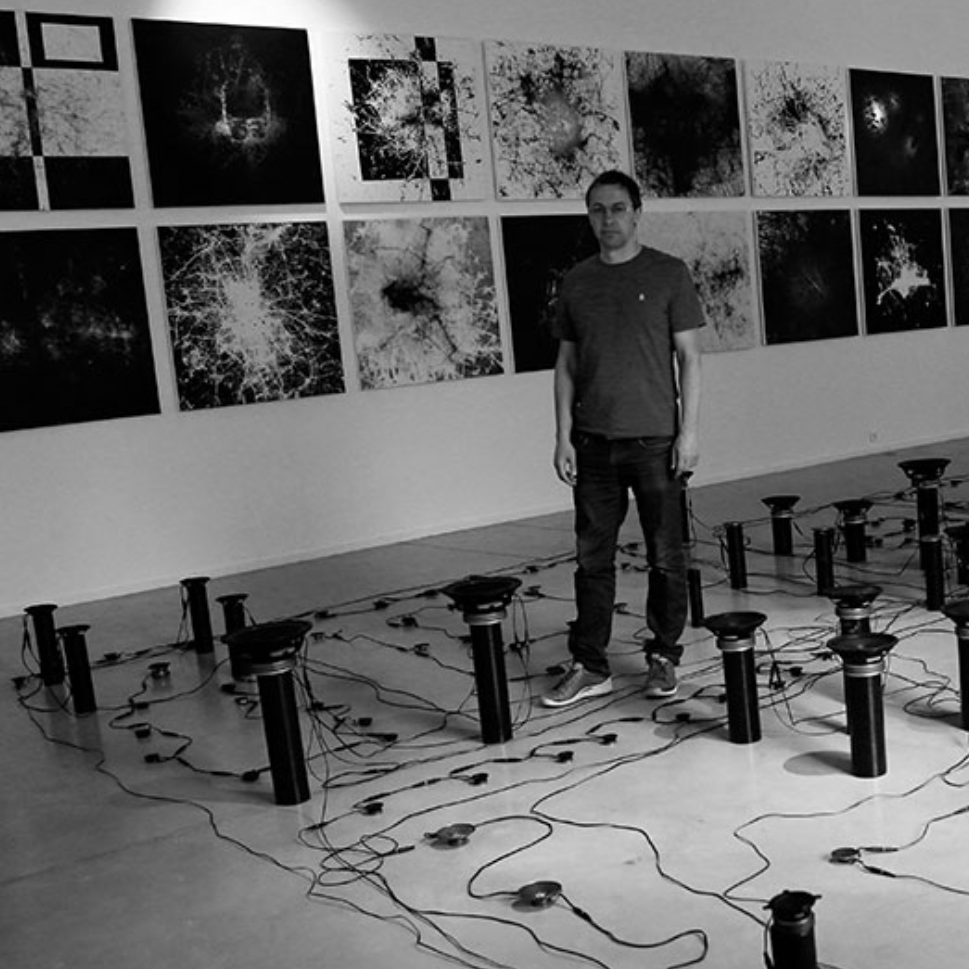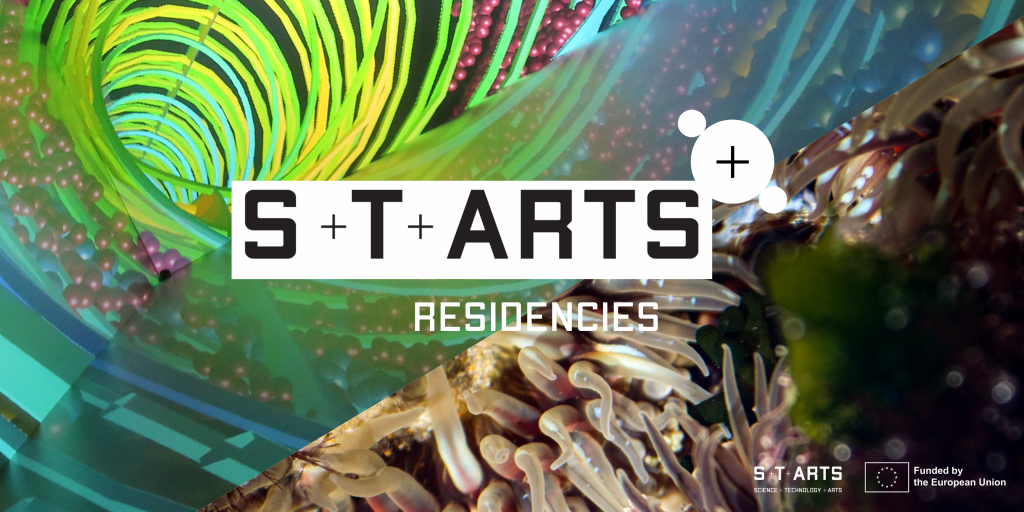S+T+ARTS in the City | Artists-in-Residence | Stanza
+ Challenge
Machine Sapiens and the City
+ Problem Statement
How can we enhance the oracular power of AI to reveal the needs and the desires of the city and translate them into possible heuristic governance solutions that can improve its well-being and resilience?
+ Keywords
Technomagic, Invisible cities, Intelligences interface, Heuristic governance, Koinocene
+ Description
This residency challenges us to reflect on the concept of the city in the time of the Koinocene: a new era of interconnectedness among human beings, other living organisms, and even non-living beings, including AI. AI as a detector of collective memories and desires with the potential to imagine novel forms of well-being for the city.
It could be the city of Milan or any other metropolis that questions itself and Italo Calvino’s dream of the invisible cities or subtle cities, a dream that comes from the heart of unlivable cities that could become visible and happy through the insights provided by AI. “Cities are a collection of many things: of memory, of desires, of signs of a language; cities are places of exchange, as all the books on the history of economics explain, but these exchanges are not just exchanges of goods, they are exchanges of words, of desires, of memories… We want to reveal happy cities that continually take shape and vanish, hidden in unhappy cities.” (Italo Calvino, Le città invisibili)
However, the question arises: What does AI have to do with Italo Calvino’s dream? According to Martin Heidegger AI does not ‘have a world’, to quote Martin Heidegger nor a perception of reality that can be simulated or close to human perception. Can we say that the AI has a language? While its language may not hold semantic qualities but leans more towards statistical patterns, the machine nonetheless activates cognitive processes that differ from the human one, yet in some ways still mysterious. While the machines we train are hallucinating, are they augmenting our humanity or somehow diminishing our agency in relation to our own intelligence?
The machine, through its specific perception and representation of data, could help us reveal what the city thinks and feels from another perspective, a perspective that we ignore and that is definitely “other”, although we continue to call it intelligence.
We would like to image that through this different perspective, AI could facilitate the communication of a plethora of data to citizens and policymakers, to help improve policies to a widespread well-being: ranging from the quality of air, social relations, the valorization of intercultural and interdisciplinary resources to the fight against inequalities, and why not from the simplification of processes to a sustainable mobility and collectivity. The aim is to experiment to realise the New European Bauhaus vision of more sustainable, more inclusive, more beautiful cities.
What is the role of man and of his intelligence in this? Different scenarios present themselves, ranging from the need for regulating and controlling of AI to the act of placing trust in it by giving it almost magical abilities as a problem-solving – a role we ourselves have struggled to fulfill? Can AI be a mediator and an interpreter between the language of nature and the language of humans? In terms of evolutionary speed and the ability to process huge amounts of data, AI can be a valuable resource but it can also lead to the deconstruction and reconstruction of the city, pursuing a dream of overcoming the crisis of today’s city, rediscovering “the secret reasons that brought men to cities, reasons that could be valid beyond all crises” (Italo Calvino, Le città invisibili).
The artist is invited to co-create with AI to imagine and reveal possible invisible cities that ask to be made visible and happier.
+ Artist

Stanza focuses on the landscape of monitored and networked real-time information flows, and the artworks created reflect this. Underpinning his artworks is a whole series of potential problems about observation, invisible agency, and the ethics of the control space. Stanza’s digital artworks are experienced as fused mashed-up data cities and real-time performative city experiences, all re-presented online as systems of control and systems that demonstrate how these systems control.
+ Residence Project: Koinocity: Entangled Cities
The project explores the future of cities governed by algorithms, creating a data-driven co-creation system that acts as an autonomous “consciousness,” monitoring the invisible city in real time and generating artwork through data visualisation.
It addresses the relationship between AI and the city, seeking to make visible the hidden interactions between humans and non-human agents.
+ Video Statement
+ Jury Testimonial
“The artist’s CV is impressive, and the artworks of its portfolio have a great impact, bringing the public into evolving city environments. The proposal “Koinocity: Entangled Cities” has been particularly appreciated for the co-existence and correlations between visible and invisible data and sounds, which make a city live, breath, evolve.”


